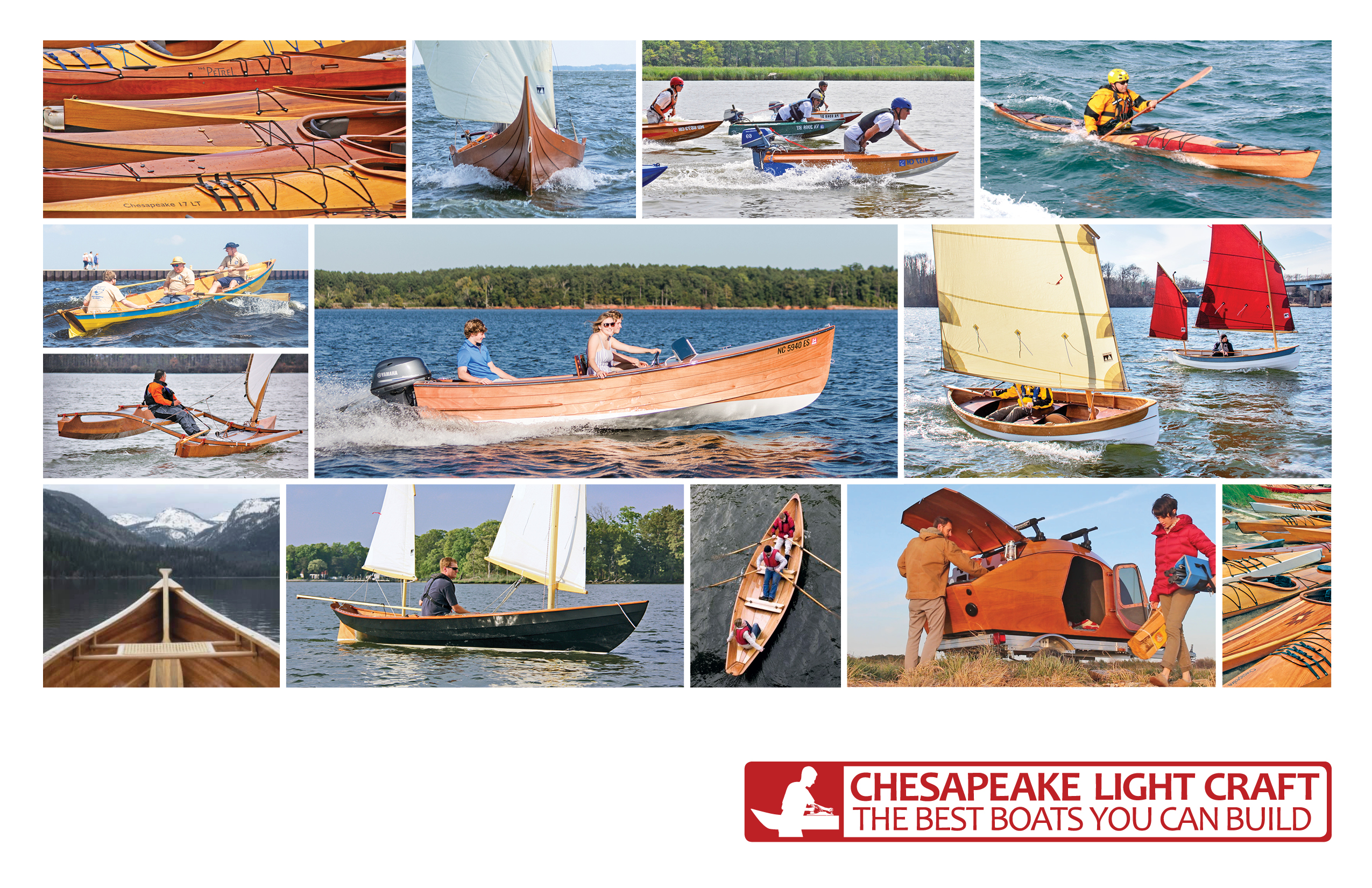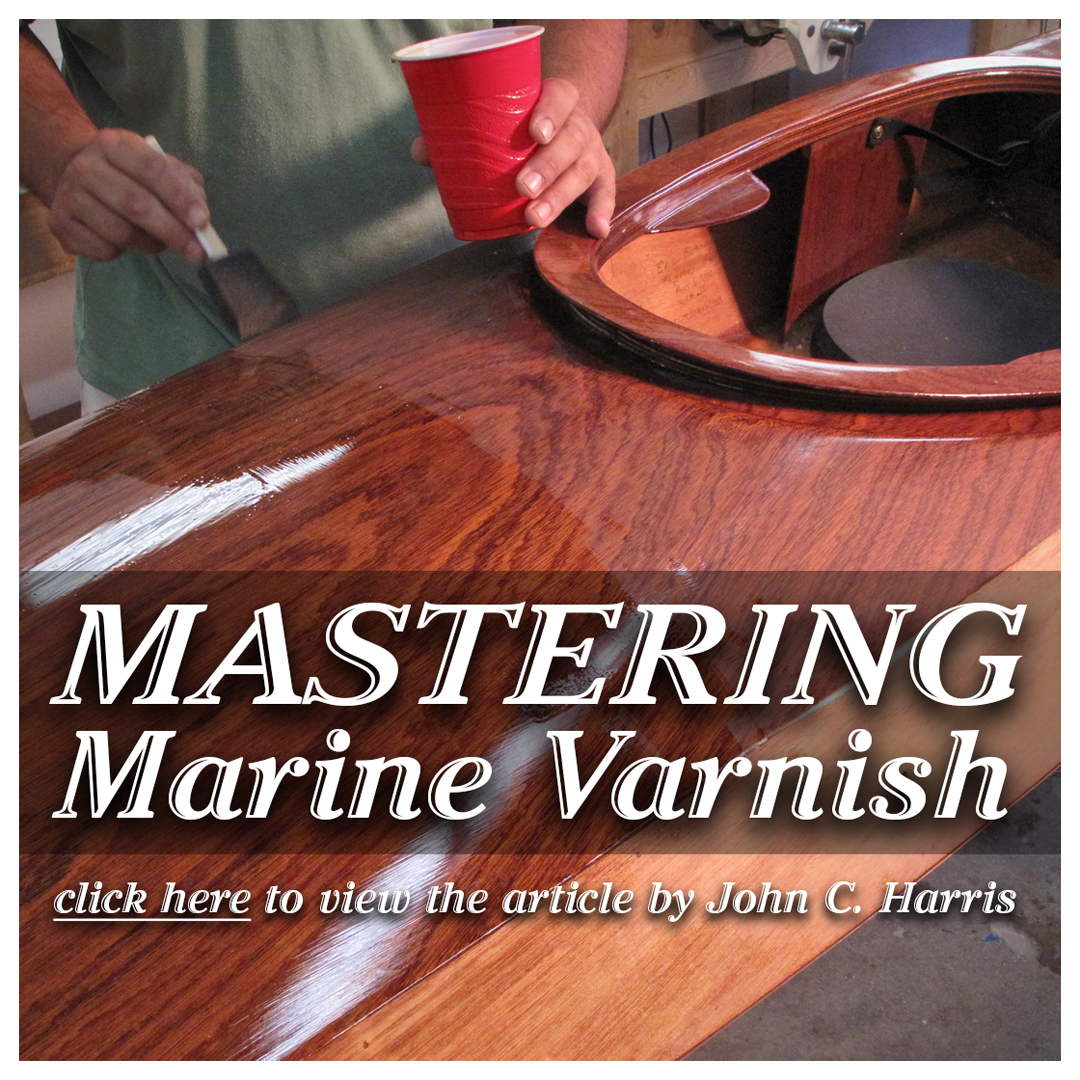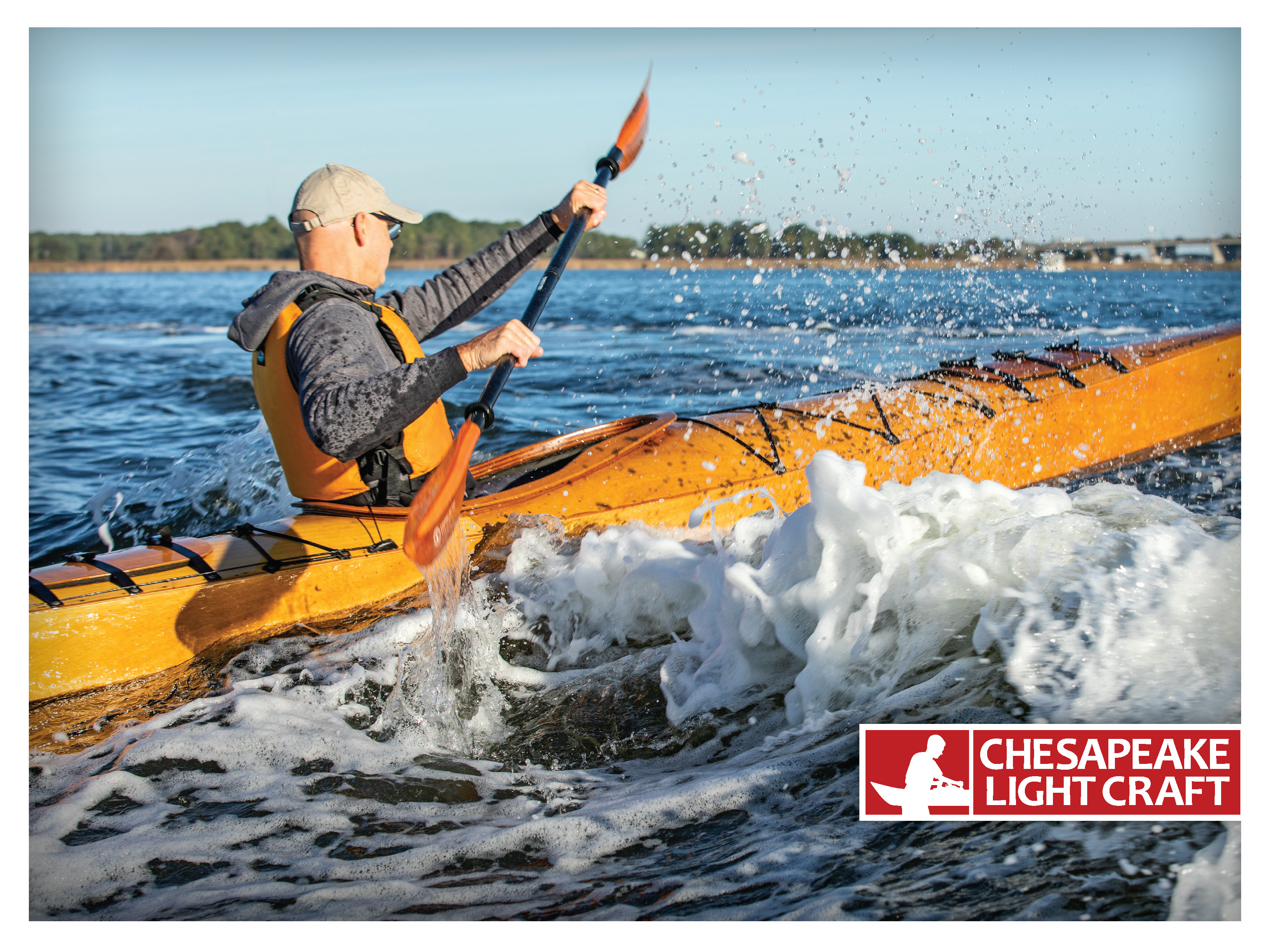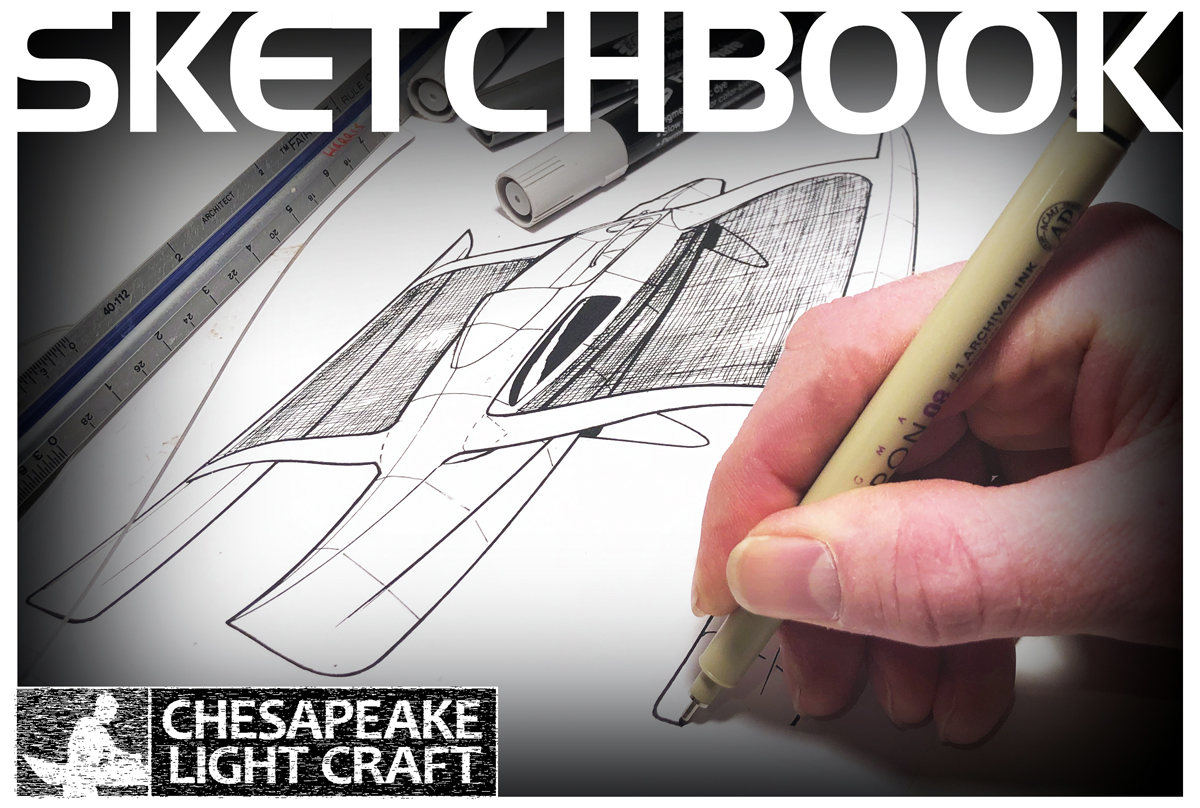Builders' Forum |
|
| ↓ Scroll to Last Comment ↓ | Forum Guidelines | Builders' Forum | |
Jimmy Skiff Daggerboard Edge Question
Hello everyone, I had a few questions about the shaping of the daggerboard and transom for the Jimmy Skiff and wondered if anyone could help me out.
- First, I want to make sure I am shaping the edges on the correct side of the daggerboard. From the plans it shows the leading edge (the side opposite the handle) as the sharpened V- edge, while the back is rounded. On Ron Paro's blog 'Build a Jimmy Skiff', however, it shows the leading edge as rounded, with the trailing edge as sharpened. Did I do it wrong?
- Is the sharpened edge of the daggerboard and rudder supposed to come to a 'knife-edge', or almost come to a point and leaving a slight squared-off edge? In my second picture you can see that I have about 1/8" left on the sharpened edge of the daggerboard left squared-off, and didn't know if I should continue planing intil the edge came to a complete, sharp point.
- Is the very bottom, flat edge of the daggerboard supposed to be flat(square), rounded, or sharpened?
- In my last picture I have a red arrow pointing to a small area of the transom that extends above the gunwales - I didn't know if this was correct or if it should be planed down to meet the gunwale?
Thank you everyone for your help! I really appreciate it.



10 replies:
RE: Jimmy Skiff Daggerboard Edge Question
jn1’s right on the foil edges: rounded faces forward, tapered backwards. Knife edge will be fragile though, better to finish to a shape that’ll stand up better in use.
As for that transom, rather than plane to fair into ‘wales I’d leave it proud but round off so it presents less of a hazard for something to get hung up against in a tizzy.
RE: Jimmy Skiff Daggerboard Edge Question
... and as for whether you’ve worked the wrong shapes into your board’s edges?
Take a look at picture #15 in the Jimmy Skiff’s Construction Gallery elsewhere here for another perspective.
Even if you have, until you decide to start another board you ought not see much difference in performance if you simply re-work the proper edge profiles onto the board you have now, even if it ends up an inch or two narrower than intended.
RE: Jimmy Skiff Daggerboard Edge Question
Thank jn1 and spclark, I appreciate you getting back to me.
spclark, I did see picture #15 in the construction gallery, but it actually looks to me like it is tapered (not rounded) on the leading edge, although maybe only tapered 1 1/2" back instead of 3 3/8" as I did mine. That's why I was so confused about it.
Do you really think I could make-do with my current incorrect daggerboard if I cut back the tapered edge, and round it as it should be? I was thinking of asking CLC to send me the two pieces for a new daggerboard, but I'm not sure on what the policy is on that.
Thanks again!
RE: Jimmy Skiff Daggerboard Edge Question
Austin,
CLC is a friendly company committed to good customer service. That customer service is included in the price of your kit. As such, it never hurts to call and ask. That's why they have the customer service number, and that way you'll get the actual facts instead of us speculating for you.
Now what I do know for a fact is that they will happily send you new pieces if you send them money. What you need to call them about is exactly how much money it will take. That's what talking to them is good for. If it's their fault (bad piece of wood, mis-cut on their CNC machine, etc.) they are really good about making it right. If it's a customer error, they may be able to help you find a cheaper alternative than 2 new pieces of wood. So definitely call them, tell them your story and see what they suggest.
Good luck,
Laszlo
RE: Jimmy Skiff Daggerboard Edge Question
Another possibility is to leave it as is and sail with it for a while. I suspect that it will work just fine. The airplane wing shape is nice in theory, but at the speed of a sailboat perhaps the various turbulence effects are relatively insignificant. Only testing on the water can provide facts.
It would be fun to sail with two daggerboards and swap them out, measuring boat speed with a GPS.
RE: Jimmy Skiff Daggerboard Edge Question
What I'd personally do in your situation is to make the daggerboard symmetrical, having the knife edge and rounding of the trailing edge match what you now have on the leading edge. That would create a lovely daggerboard. To add the strength you lost by removing extra wood, you could cover it all with one layer of fiberglass cloth.
RE: Jimmy Skiff Daggerboard Edge Question
Thanks Laszlo, I will call them.
birch2, you mean have both edges be knife edges right? I am willing to try that to be honest. I am going to call CLC and see how much it will be to have the parts sent to me, and if it is too much, I'll probably just work with what I have.
P.S. How precise were you in the shaping of the daggerboard and rudder? Did you use a router to get the exact right radius on the rounded edge? I made a little 'gauge' out of sheet steel, and planed then sanded to get the correct shape. It seemed to work pretty well, but I wondered if it would be better to get it exact with a router?
RE: Jimmy Skiff Daggerboard Edge Question
Yes. In your situation I recommend two knife edges.
I have a Northeaster Dory, but the daggerboard is similar. I just shaped mine by eye, trying to follow the manual's recommendations. I used basic hand tools and a belt sander -- no precision gauges or router. It turned out fine.
RE: Jimmy Skiff Daggerboard Edge Question
If you aren't satisfied with the way the double knife edge works when you sail, you can easily build up the leading edge on both sides with peanut butter fillets. Then you'd probably want to paint the finished daggerboard, but it would be back to normal shape.













RE: Jimmy Skiff Daggerboard Edge Question
» Submitted by jn1 - Sat, 10/7/17 » 3:21 PM
On the daggerboard and rudder, leading edges rounded, trailing edges tapered. Think of them as symetrical (cross-section) airplane wings. Rounded fore-edge pushes its way through the water more easily, and the tapered trailing edge cuts down on turbulence . Have fun!